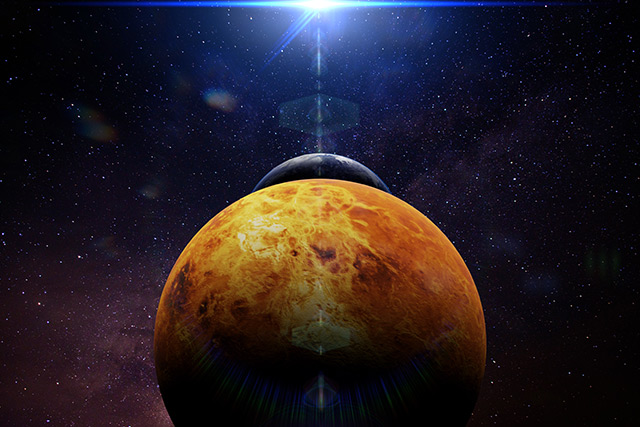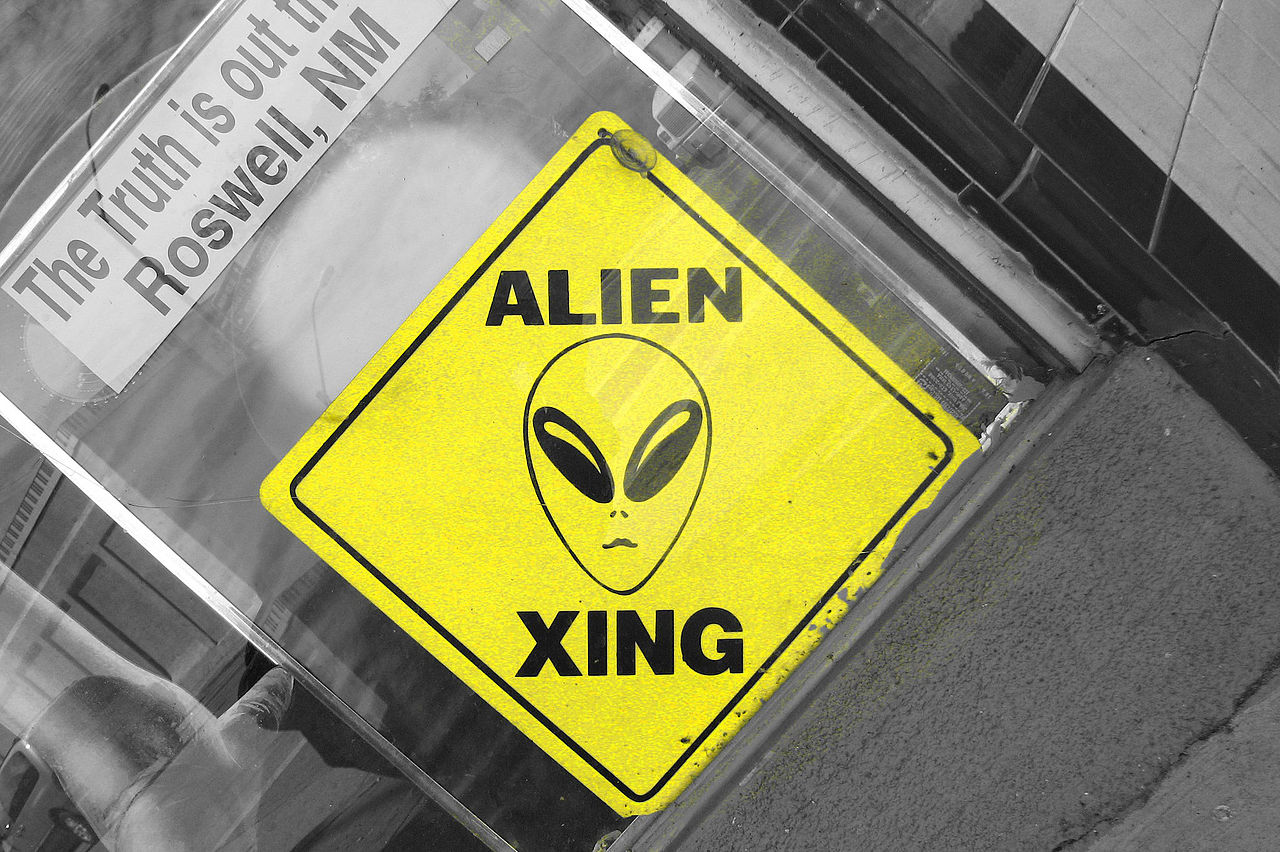
Thanks to new information from the Cassini spacecraft, scientists now know that chemical reactions capable of supporting microbes are happening in an underground ocean. In the study published in the journal Science, the scientists flew a spacecraft through a vapor plume and took a sample of the material, which was then revealed to contain great amounts of carbon dioxide and molecular hydrogen.
Carbon dioxide and molecular hydrogen are necessary for methanogenesis -- or the biological production of methane by microbes. This process has been observed in dark undersea environments on Earth, where sunlight is incapable of penetrating the depths, so microbes have to find other means of nourishing themselves. The presence of these two gases is what has convinced scientists that Enceladus could sustain life. “That’s what’s very significant here: this molecular hydrogen is a direct observation of an energetic process that is potentially capable of fueling life,” Caitriona Jackman, Space Environment Lecturer in Physics and Astronomy at the University of Southampton, said.
Keith Cowing, Astrobiologist and former NASA employee, concurred with: “Hydrothermal vents have been found in many locations on Earth where superheated water from deep within the planet reaches the ocean. Due to the temperatures and pressure of these vents, some very interesting chemistry occurs. Many astrobiologists have suggested that such hydrothermal vents may be where life first originated on our planet.”
According to scientists, the three essential ingredients for life on a planet are water, organic molecules, and an energy source. The first two components have been already been detected on Enceladus before. With the discovery of carbon dioxide and molecular hydrogen, the third and final requirement has been fulfilled.
“We now know there’s not only a warm, wet environment—we now realize there’s food for life. There’s fuel for an ecosystem on Enceladus,” said Lewis Dartnell, an astrobiology researcher at the University of Westminster.
The answer to whether or not life truly does exist on Enceladus won't be confirmed anytime soon. Cassini will end its 20-year mission on September 15 this year by crashing into Saturn. Nell Greenfieldboyce of NPR.org has stated that the spacecraft “doesn't have the instruments needed to look for life itself” on Enceladus. Currently, it is unknown if any other spacecraft will be sent to Saturn's moon. However, according to PopSci.com, NASA's New Frontiers program—medium-sized space missions—has already begun accepting proposals for missions to Enceladus and Titan, Saturn's largest moon. (Related: Read up on more space-related pieces by visiting Space.news)
Fast facts about Enceladus
- Enceladus was first discovered on August 28, 1789 by William Herschel, a British astronomer.
- The name “Enceladus” was suggested by Herschel's son, John Herschel, who chose the name because Saturn, or “Cronos” in Greek mythology, was the leader of the Titans. “Enceladus” is the name of a Giant from Greek mythology.
- At 504 kilometers or 313 miles wide, Enceladus is Saturn's sixth largest moon.
- Cassini is the spacecraft that also revealed the surface and environment of Enceladus in greater detail in 2005; in particular, Cassini found water-rich plumes in the south polar region of the moon.
- Because it's covered in water ice, Enceladus is one of the brightest objects in our solar system. It reflects almost 100 percent of the sunlight that hits it.
Sources include:
Please contact us for more information.























